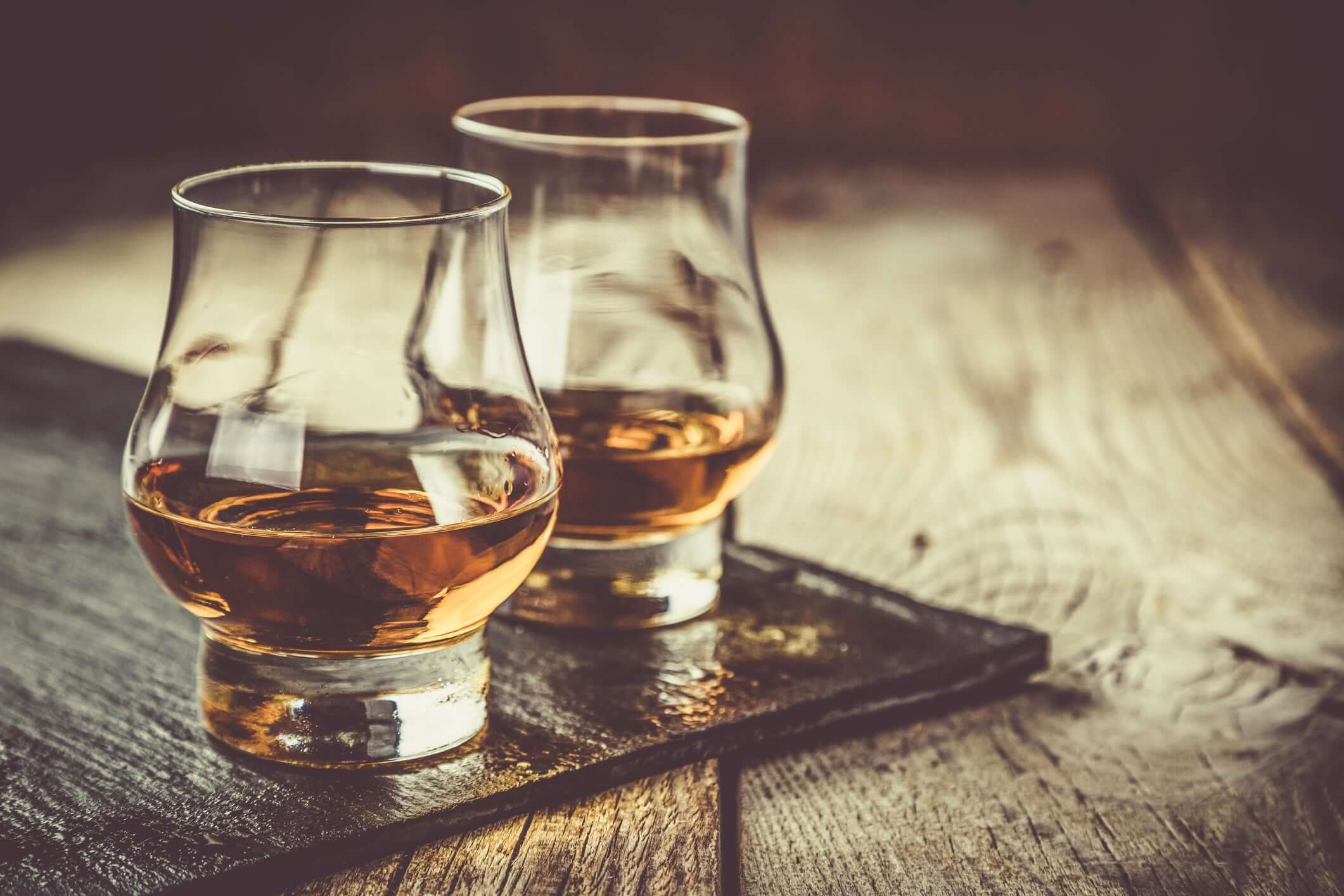Difference Between Brandy & Cognac
- by ShopSK 1
-


Difference Between Brandy & Cognac
Brandy and Cognac. It’s not easy to find your way through the maze of spirits that have elected the grape and wine as the main elements of distillation. Some are national spirits, others are regional. Some differ with regard to the nature of the raw material, the alcohol content, history or specifications that strictly and unequivocally regulate distillation techniques and characteristics.
BRANDY
Brandy is the spirit obtained by distilling wine. Its origin is ancient, and it is thought to be one of the oldest spirits in the world. It seems that the first distillers – about whom we have spoken at length in this post – carried out the first experiments in alcoholic distillation with fermented wines. The name is a shortening of Brandywine, which was derived from the Dutch word brandewijn, which literally means burnt wine. In the 17th century, the Dutch were great traders in wines and spirits, buying supplies along the Atlantic coast, from France to Portugal, and exporting them to Britain and the whole of Northern Europe.
Brandy has a minimum alcohol content of 38%, and in Italy is obtained mainly from Trebbiano wine or white wine. In Italy, only a spirit made from grapes grown and vinified within the national borders, aged at least twelve months in oak barrels or a minimum of six months in small 10 hectolitre casks, can be given the name “Brandy”. Brandy gets is amber color either from aging in wood, or from the addition of legally permitted flavorings and coloring. Brandy is often given its color by the addition of caramel, and its aged flavor by carefully dosed boisé, or oak wood extracts that increase its tannins and structure.
Italy’s first Brandy-producing company (which would later become Vecchia Romagna) was founded by Jean Bouton in 1820 in Bologna, a city that would become the main center of production of this spirit. Until 1948, Italian brandy was called Cognac, like the most famous French spirit – a bilateral treaty would restrict use of the name to brandy produced only in the Cognac region. The Italianization of names during the Fascist era led the poet Gabriele D’Annunzio to coin the name “arzente”, from “acqua ardente” or “burning water”, which was later dropped
COGNAC
Cognac is the spirit produced in the French city of the same name in the Charente wine-growing region north of Bordeaux. At least 90% of the wine used to make cognac must be from three specific grape varieties – Ugni Blanc, Colombard and Folle Blanche, alone or in a blend. The final 10% may be from other grapes such as Montils, Semillon, Jurançon blanc, Blanc Ramé, Select, and Sauvignon. Cognac is subject to very strict regulations (Appellation d’Origine Contrôlée), and in 1860 the area where the grapes are grown was divided into six crus: GrandeChampagne, PetiteChampagne, Les Borderies, Le Fins Bois, Le Bons Bois and Le Bois à Terroirs.
With an alcohol content of around 40 degrees, Cognac is obtained in two stages. The first is the soft pressing of the grapes, after which the must is left to ferment for about one month. Once the wine has fermented, distillation takes place in a traditional Charentais direct fire still, a discontinuous still which produces a very alcoholic distillate, in two distinct stages. The premièrechauffe, to extract the primary aromas of the cognac, and the bonne chauffe, which raises the alcohol content. It is sometimes also subjected to a process of maquillages, namely, the addition of sugar, caramel or boisé, to increase the spirit’s agreeableness, amber color and body

